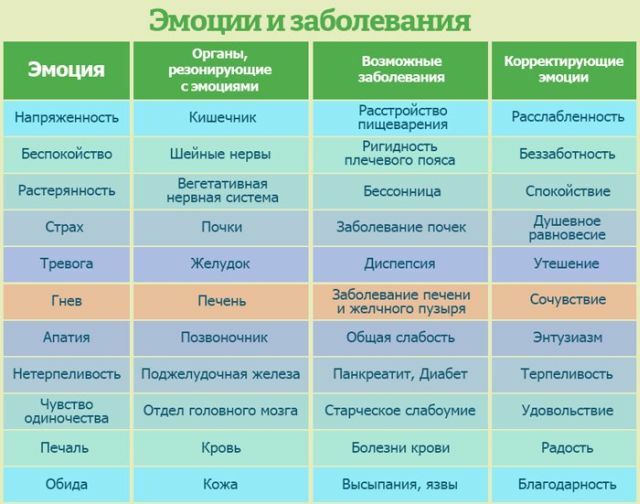 Retrobulbar neuritis is an acute inflammatory disease of the optic nerve, the main clinical manifestation of which is the violation of visual function.
Retrobulbar neuritis is an acute inflammatory disease of the optic nerve, the main clinical manifestation of which is the violation of visual function.
Statistically, retrobulbar neuritis occurs in 15-20% of patients with multiple sclerosis. Therefore, it is always necessary to consider these two diseases in tandem and, if necessary, carry out the necessary neurological examinations.
Close cooperation between an ophthalmologist and a neurologist, in this case, will contribute to early diagnosis of multiple sclerosis, subsequent adequate treatment and, consequently, improved patient prognosis.
Contents
- Reasons for the development of the disease
- Retrobulbar neuritis as a symptom of multiple sclerosis
- Ophthalmoscopic picture
- Clinical manifestations of the disease
- Diagnosis and diagnosis
- Therapy of the disease
- Possible consequences
Causes of the development of the disease
Optic neuritis usually occurs in combination with other internal disorders ordiseases. At the basis of the etiology of the disease is a demyelinating, infectious or inflammatory process, during which it comes to damage to the optic nerve.
The main causes of retrobulbar neuritis include the following:
- diseases of the brain and its membranes, encephalitis, meningitis;
- bacterial infections, measles, influenza, chicken pox;
- alcohol intoxication, toxic and chemical products;
- renal and cardiovascular diseases;
- eye trauma;
- Multiple Sclerosis( MS) and other diseases of the nervous system.
The inflammatory process in the optic nerve is in any case secondary, so it must be sought in other areas of human health.
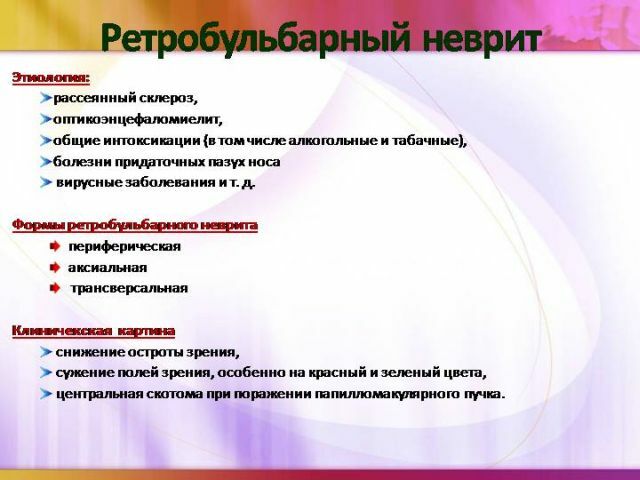
Risk Factors:
- Age - inflammation can occur at any age, but most often affects young people aged 20-40 years. The average age is about 30 years.
- Gender - women have more than 2 times higher risk of having a disease.
- Genetic mutations - Some genetic mutations may increase the risk of developing retrobulbar neuritis or multiple sclerosis.
Retrobulbar neuritis as a symptom of multiple sclerosis
Optic neuritis most often occurs as one of the first symptoms in patients with demyelinating CNS disease.
Multiple sclerosis is a chronic CNS disease, the essence of which is the demyelination of nerve fibers - axons, which from the early stage can lose their integrity, which leads to their irreversible destruction and, ultimately, to incurable neurologic symptoms.
Ophthalmoscopic picture
Optic neuritis develops rapidly and is characterized by expressive symptoms and signs. Initially, the 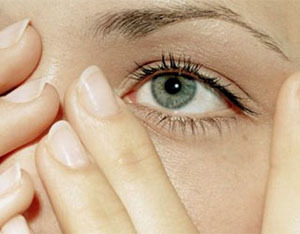 disease is a partial or complete destruction of the optic nerve, both on one and both eyes, and a decrease in visual acuity, sometimes leading to blindness.
disease is a partial or complete destruction of the optic nerve, both on one and both eyes, and a decrease in visual acuity, sometimes leading to blindness.
Ophthalmoscopic picture of retrobulbar neuritis:
- pain in the eyes and eyebrows;
- narrowing of the peripheral field of view;
- sensitivity of the retina;
- blind spot in the center of the eye;
- headache;
- weakness;
- photophobia;
- fever.
In the absence of timely treatment within a few days, there may be edema and bleeding in the eye. In more severe cases, the optical symptoms of retrobulbar neuritis are characterized by loss of nerve tissue and optic atrophy leading to complete loss of vision.
Even after treatment, visual disturbances may temporarily occur, as a rule, they appear blurred vision in response to physical exertion or heat exposure( a sign of Uthoff).Problems in various areas of the visual field and reduced visual acuity are less likely to be caused by inflammation in other areas of the visual pathway or in the very center of the visual cortex.
 In patients with MS, uveitis is more common-an autoimmune intraocular inflammation that affects the layer of the choroid and is capable of manifesting a visual impairment and eye pain.
In patients with MS, uveitis is more common-an autoimmune intraocular inflammation that affects the layer of the choroid and is capable of manifesting a visual impairment and eye pain.
Duplication of vision( diplopia) can occur as a result of impairment of the nerves responsible for eye movement, or brainstem. Violation of the latter is often associated with dizziness, blinking vision or twitching of the eye( so-called nystagmus).
Symptoms of retrobulbar neuritis as a result of MS are caused by a visual impairment at any place between the eye and the cerebral cortex with further deterioration of the oculomotor nerve or centers responsible for coordination and orientation of the head and body in space( equilibrium of the vestibular apparatus, the cerebellum and its connections withother centers in the brainstem).
Clinical manifestations of
Disease Optic neuritis is usually one-sided acute or subacute loss of visual function, approximately, in 19% accompanied by pain inside or around the eyeball, from medium to strong intensity, which worsens as it moves.
Comes to deterioration of all qualities of visual perception - visual acuity, contrast sensitivity, perception of color and field of vision. The damage to visual acuity can be insignificant, vision can fall to the perception of light.
Central scotoma, which is traditionally cited as the most common defect in the visual field with neuritis, occurs in approximately 60% of patients, others have had other disorders, for example, scotoma paracentral or Bjerrum, altituminal defects and peripheral depression.
The majority of patients do not feel any deterioration in color perception and do not indicate a history. However, color vision disorder refers to the most sensitive indicators of demyelinating optic neuropathy, which are detected by appropriate studies, even if the patient has other visual functions( acuity and visual field) - normal.
Examination and diagnosis
Clinical examination: 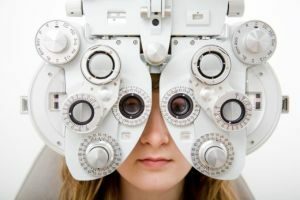
- measurement of blood pressure and body temperature;
- examination of vision - perimetry, color vision;
- fundoscopic examination of the eyes;
- ophthalmoscopy after instillation of drops, which leads to hypertrophy of the pupil and better visualization of the retina and optic nerve;
- for tumors or in undefined cases - MRI;
- blood tests - inflammatory markers, biochemistry;
- examination with a neurologist.
Therapy of the disease
The drug treatment of retrobulbar neuritis of the optic nerve is considered to be one of the main and most effective, it is focused, first of all, on the elimination of inflammation and suppression of infection.
As a rule, the doctor appoints a series of drugs to the patient:
- antibiotics;
- sulfonamides;
- antihistamines;
- preparations to improve blood circulation;
- corticosteroids.
The drugs are used in the form of tablets, drops, infections, capsules, ointments;the doctor prescribes medications for each patient individually.
Early treatment and medical professionalism can help restore vision within 3 weeks in the absence of complications in the form of complete loss of vision and future development of multiple sclerosis.
Possible consequences of
The main complications are associated with damage to the optic nerve - most people after inflammation acquires some sort of irreversible damage to the optic nerve, which initially may not have any symptoms.
It is also possible to reduce visual acuity, but the majority of people return to normal or almost normal vision for several months.

Side effects of treatment - steroid medications used to treat retrobulbar neuritis, act on the immune system, so the body becomes more susceptible to infections. Prolonged use of steroids can also lead to thinning of the bones( osteoporosis).
In order to prevent abnormalities, ophthalmologist examinations are needed, they are non-invasive and usually include 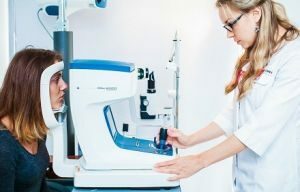 examination of the fundus, visual acuity, perimetry, intraocular pressure, and more recently - control of optic nerve thickness in the retina.
examination of the fundus, visual acuity, perimetry, intraocular pressure, and more recently - control of optic nerve thickness in the retina.
An abnormality in the optic nerve can show testing by visual evoked potentials, carried out in the field of neurology.
Any sudden impairment of vision should lead a person to a doctor in order to determine the cause and take appropriate measures.


